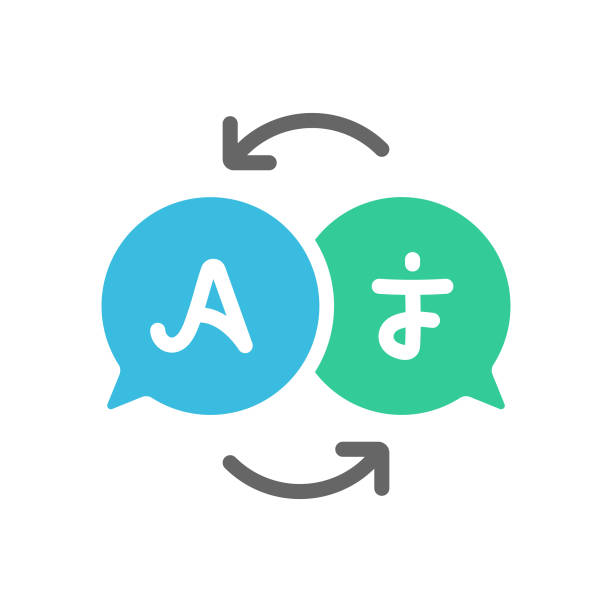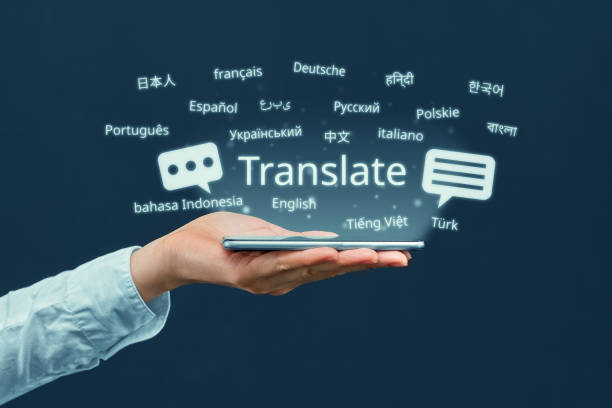Introduction
In an era defined by rapid globalization and technological advancements, protecting intellectual property (IP) has become a critical concern for businesses worldwide. As companies expand their operations across borders, the need for effective communication and safeguarding of intellectual assets has grown exponentially. In this context, the role of patent translation tools has become increasingly significant, acting as a linchpin in facilitating global IP strategies.

Understanding Global Intellectual Property Landscape
Before delving into the specifics of patent translation tools, it’s crucial to comprehend the landscape of global intellectual property. Intellectual property includes patents, trademarks, copyrights, and trade secrets, each serving as a cornerstone for innovation and competitiveness. In the context of patents, which protect inventions and technological advancements, the need for a standardized and effective system of communication is paramount.
As businesses operate internationally, they encounter diverse legal frameworks, languages, and cultural nuances. Patents granted in one country need to be effectively communicated and protected in another, requiring a seamless and accurate translation process.
Challenges in Global Patent Communication
Language Barriers
The most obvious challenge in global patent communication is the diversity of languages. Patents are often drafted in the native language of the inventors and must be translated into the official language(s) of the countries where protection is sought. This translation process is not only about linguistic accuracy but also about preserving the legal and technical nuances of the original document.
Legal and Technical Precision
Patents are legal documents with highly technical content. Translating these documents involves not only linguistic skills but also a deep understanding of both legal terminology and the specific technical field covered by the patent. A minor error or misinterpretation can have significant consequences, potentially leading to the rejection of a patent application or legal disputes.
Cultural Sensitivity
Different countries have distinct legal traditions and cultural approaches to intellectual property. Translators need to be aware of these cultural nuances to ensure that the translated patent documents align with the legal and cultural norms of the target jurisdiction. This is crucial for the successful prosecution and enforcement of patents globally.
The Evolving Landscape of Patent Translation Tools
Recognizing the challenges posed by global patent communication, the field of patent translation has witnessed significant advancements. Traditional translation methods, involving manual translation by human experts, are still prevalent, but the integration of technology has introduced a new dimension to the process.
Machine Translation (MT)
Machine translation, powered by artificial intelligence (AI) and natural language processing (NLP), has made substantial strides in recent years. MT tools, such as neural machine translation (NMT), are capable of translating large volumes of text quickly. While they excel in speed, they may fall short in capturing the intricate legal and technical details crucial for patent documents.
Computer-Aided Translation (CAT) Tools
CAT tools are designed to assist human translators rather than replace them entirely. These tools include features like translation memory, terminology databases, and quality assurance checks, enhancing the efficiency and consistency of human translators. CAT tools play a crucial role in maintaining accuracy and coherence across various language versions of patent documents.
Specialized Patent Translation Software
Recognizing the unique requirements of patent translation, specialized software tailored for the field has emerged. These tools often integrate elements of MT and CAT but are fine-tuned to meet the specific challenges of translating patents. They may include features such as domain-specific terminology databases, legal glossaries, and advanced quality assurance mechanisms.
Benefits of Patent Translation Tools in Global IP Strategies
Efficiency and Speed
Patent translation tools significantly accelerate the translation process, allowing businesses to navigate the complex web of global IP regulations more swiftly. This is particularly crucial in the fast-paced world of technology, where time-to-market can be a decisive factor in maintaining a competitive edge.
Consistency and Accuracy
Automation in translation, coupled with the use of CAT tools, ensures a high level of consistency and accuracy across different language versions of a patent. This is vital for maintaining the integrity of the patent and avoiding discrepancies that could lead to legal challenges or rejection of the patent application.
Cost-Effectiveness
Manual translation can be a resource-intensive process, especially when dealing with a large number of patents across multiple jurisdictions. Patent translation tools offer a cost-effective solution by reducing the dependence on extensive human resources and streamlining the translation workflow.
Integration with Patent Management Systems
Modern patent translation tools are designed to seamlessly integrate with patent management systems. This integration ensures a smooth flow of information between the translation process and the overall IP strategy, providing a holistic approach to global patent protection.

Challenges and Limitations of Patent Translation Tools
Linguistic Complexity
Patents often contain highly specialized and technical language. While MT and CAT tools have improved in handling general language, they may struggle with the intricate terminology and phrasing found in patent documents. Human intervention is often required to ensure precise translation.
Legal Nuances
The legal implications of patent documents are significant, and errors in translation can have serious consequences. Patent translation tools may not always capture the legal nuances accurately, necessitating the involvement of legal professionals to review translated documents.
Cultural Adaptation
Cultural differences can impact the interpretation of legal concepts and terminologies. Patent translation tools may not fully account for these cultural nuances, requiring human translators with a deep understanding of both legal systems and cultural contexts.
Constant Technological Evolution
The field of AI and NLP is continually evolving. While this evolution brings improvements, it also means that patent translation tools need to be regularly updated to keep pace with the latest advancements. Staying current with technology poses a challenge for businesses relying on these tools for their global IP strategies.
Best Practices in Utilizing Patent Translation Tools
Hybrid Approach
Combining the strengths of technology and human expertise is often the most effective strategy. While patent translation tools can handle the bulk of the translation process, human translators and legal experts should be involved in critical stages to ensure accuracy and address complex nuances.
Quality Assurance Mechanisms
Implementing robust quality assurance mechanisms within the translation workflow is crucial. This includes regular reviews by human experts, adherence to industry standards, and continuous improvement based on feedback from patent examiners and legal professionals.
Customization for Specific Industries
Different industries have distinct patenting requirements and terminologies. Customizing patent translation tools to align with the specific needs of an industry enhances the accuracy and relevance of translated documents.
Training and Collaboration
Providing training to translators and legal professionals on the use of patent translation tools fosters collaboration and ensures that these tools are used effectively. Continuous communication between translation teams, legal departments, and technology providers is essential for refining the translation process.
Looking Ahead: Future Trends in Patent Translation
Advancements in Machine Learning
Continued advancements in machine learning are expected to enhance the capabilities of patent translation tools. Improved language models, trained on vast datasets of legal and technical content, will contribute to more accurate and context-aware translations.
Blockchain Integration for Security
The use of blockchain technology for securing and verifying translated patent documents is gaining attention. Blockchain can provide an immutable and transparent record of the translation process, ensuring the integrity of the translated content and reducing the risk of tampering.
Enhanced Collaboration Platforms
Future patent translation tools are likely to integrate more seamlessly with collaboration platforms used by legal and patent professionals. This integration will facilitate real-time communication, document sharing, and feedback loops, further streamlining the global IP strategy.
AI-Driven Patent Analysis
Integrating AI-driven tools for patent analysis alongside translation can provide a comprehensive solution. These tools can assist in identifying potential patent infringements, evaluating the patent landscape, and informing strategic decisions related to IP protection.
Conclusion
In the ever-expanding landscape of global intellectual property, effective communication through accurate and timely patent translation is indispensable. Patent translation tools have emerged as instrumental allies in this journey, offering efficiency, cost-effectiveness, and the ability to navigate the complexities of diverse legal and linguistic landscapes.
While these tools have made significant strides, the human element remains irreplaceable, especially in dealing with the intricate legal and technical aspects of patent documents. The future of patent translation lies in striking a delicate balance between harnessing the power of technology and retaining the expertise of human translators and legal professionals.
As businesses continue to innovate and expand globally, the role of patent translation tools will evolve, adapting to new challenges and opportunities. Embracing these tools as integral components of a broader global IP strategy is not just a necessity but a strategic imperative for organizations aiming to thrive in the competitive and interconnected world of intellectual property.

Leave a Reply